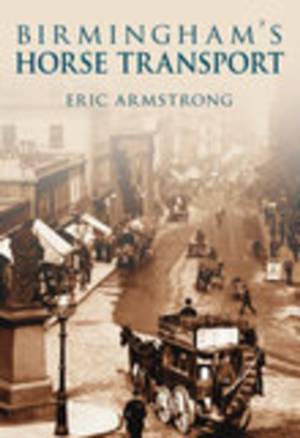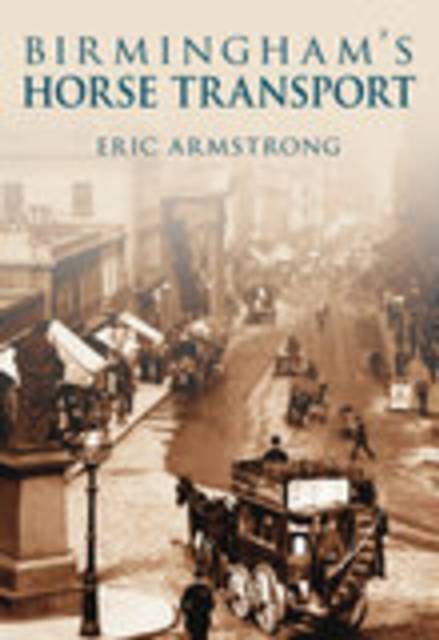
- Afhalen na 1 uur in een winkel met voorraad
- Gratis thuislevering in België vanaf € 30
- Ruim aanbod met 7 miljoen producten
- Afhalen na 1 uur in een winkel met voorraad
- Gratis thuislevering in België vanaf € 30
- Ruim aanbod met 7 miljoen producten
Zoeken
Omschrijving
Before the advent of the internal combustion engine, the only reliable means of getting about on Birmingham's roads was by walking or by horse. Many businesses ran fleets of horses and wagons to deliver goods around the city and horse trams carried the burgeoning population of the metropolis to and from work while hansom cabs carried the well-off to the theater or to the city's parks. This study takes a tour of the city, using images of horses at work to tell the story of the growth of the city's road transport network. From the city center to suburbs such as Aston, Birchfield, Bourneville, Handsworth, Harborne, Lozells, Perry Barr, Saltley, and Sparkhill, it provides a flavor of a time long gone, when horses, carts, coaches, and trams were a common sight on the city's streets.
Specificaties
Betrokkenen
- Auteur(s):
- Uitgeverij:
Inhoud
- Aantal bladzijden:
- 128
- Taal:
- Engels
Eigenschappen
- Productcode (EAN):
- 9780752446134
- Verschijningsdatum:
- 1/12/2007
- Uitvoering:
- Paperback
- Formaat:
- Trade paperback (VS)
- Afmetingen:
- 163 mm x 229 mm
- Gewicht:
- 294 g

Alleen bij Standaard Boekhandel
+ 36 punten op je klantenkaart van Standaard Boekhandel
Beoordelingen
We publiceren alleen reviews die voldoen aan de voorwaarden voor reviews. Bekijk onze voorwaarden voor reviews.








